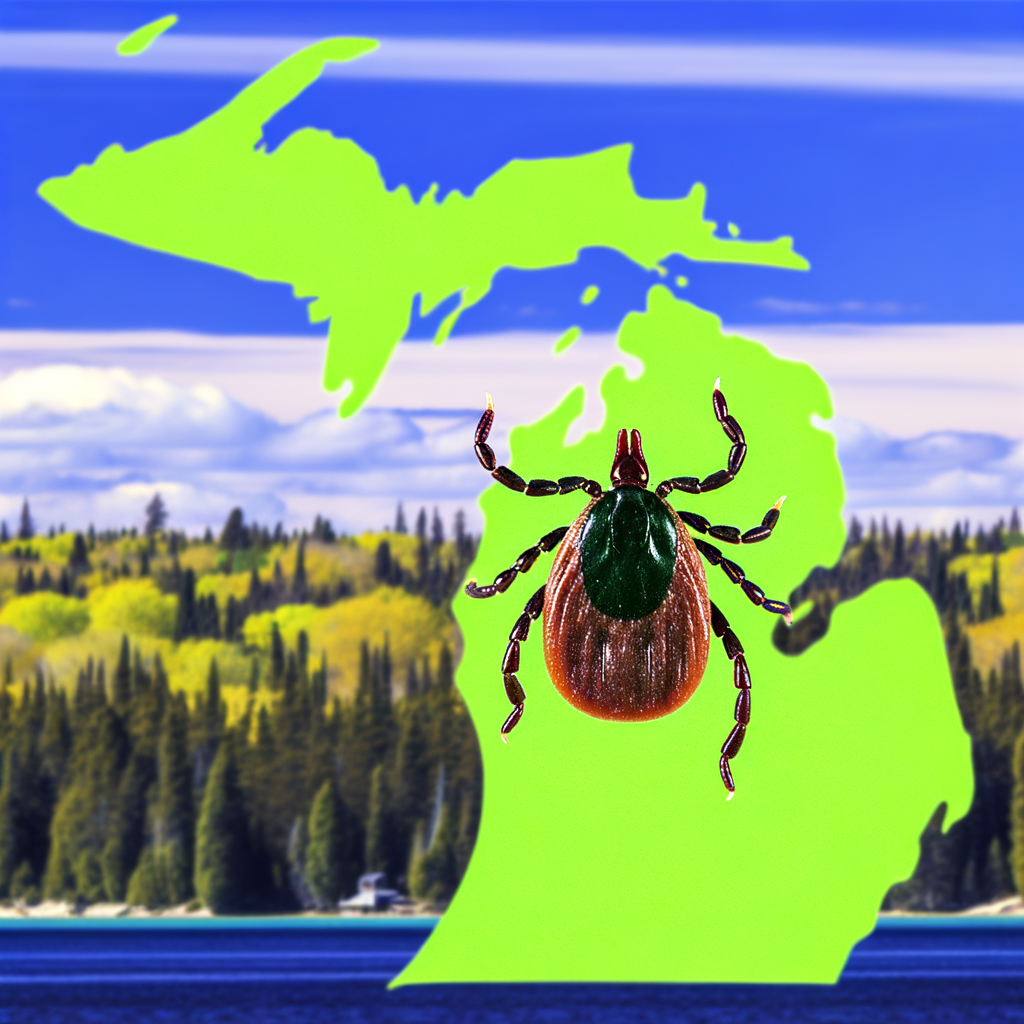Michigan Lyme Disease Cases Surge 168%: What You Need to Know
Guest Contributor
Michigan has recently experienced a staggering 168% increase in Lyme disease cases, prompting health officials to issue urgent warnings to residents. This sharp rise has raised concerns about the spread of tick-borne illnesses and the need for increased public awareness and prevention efforts.
Lyme disease, caused by the bacterium Borrelia burgdorferi, is transmitted to humans through the bite of infected black-legged ticks, commonly known as deer ticks. The symptoms can range from mild to severe, often starting with a characteristic bull's-eye rash, followed by fever, fatigue, joint pain, and neurological complications if untreated.
The surge in cases across Michigan is attributed to several factors including expanding tick habitats due to changing climate conditions, increased outdoor recreational activities, and greater awareness leading to more diagnoses. Health departments are emphasizing the importance of protective measures such as using insect repellent, wearing long sleeves and pants in wooded areas, and performing thorough tick checks after outdoor exposure.
Experts also highlight the critical role of early detection and treatment. Lyme disease is highly treatable with antibiotics, especially when caught early. Delayed diagnosis can result in more serious health issues, underscoring the need for vigilance among both healthcare providers and the public.
Communities in Michigan are urged to support educational campaigns and promote environmental management practices that reduce tick populations. This includes maintaining lawns, removing leaf litter, and managing deer populations that serve as hosts for ticks.
As the tick season progresses, residents are encouraged to stay informed and proactive in protecting themselves and their families. The Michigan Department of Health continues to monitor the situation closely and provides resources to help minimize the risk of Lyme disease.
For those interested in learning more about this important public health issue, additional information and updates are available from local health authorities and the Centers for Disease Control and Prevention.

